Are you a Forex trader looking to take your trading to the next level? If so, you need to understand the differences between manual and automated trading signals. Manual signals involve human analysis, while automated signals are generated by computer algorithms. Understanding the strengths and weaknesses of each type of signal can help you decide which one is right for you. Manual signals require an experienced trader to analyze the market and identify potential trading opportunities. This involves interpreting charts, analyzing price action, and researching news and economic data.
Although manual signals can be accurate, the time required to generate them makes them less suitable for active traders who need to act quickly on opportunities. On the other hand, automated trading signals are generated by computer algorithms that can identify patterns in the market and execute trades on your behalf. Automated signals are designed to be more accurate and timely than manual signals, but they are only as good as the algorithms they are based on. If the algorithms are not properly designed or tested, they can generate inaccurate signals that can result in losses. In this article, we will compare manual and automated trading signals and discuss the advantages and disadvantages of each. We will also look at how to select a reliable signal provider and how to use signals effectively in your trading.
Manual signals vs automated signals
is an important comparison to make when considering which type of Forex trading signal is best for your trading strategy.Manual signals, also known as discretionary signals, are those that are generated by a trader’s own analysis and judgement. Automated signals, on the other hand, are generated by a computer algorithm that can interpret market data and make trades based on that data. The main advantage of manual signals is that they are based on an experienced trader’s insights and analysis, which can be more reliable than automated signals. Manual signals also allow more flexibility in terms of when to enter and exit trades, as the trader can decide which signals to act on and when.
On the other hand, automated signals are faster and more accurate than manual ones, as they are based on mathematical formulas and machine learning algorithms that can interpret market data quickly and accurately. The key to identifying good quality signals, either manual or automated, is to look for signals that have a high probability of success. This means looking for signals that have a high win rate, a low risk-to-reward ratio, and a reasonable drawdown. Additionally, it is important to look for signals that have been tested over time to ensure they still hold true in current market conditions.
The cost of manual signals is typically lower than automated ones, since automated signals require expensive software and programming costs. However, manual signals also require more time from the trader, as they need to analyze the markets and identify trading opportunities. Automated signals can be more accurate than manual ones, as they are based on mathematical formulas and machine learning algorithms that can interpret market data quickly and accurately. However, the drawback of automated signals is that they can reduce flexibility by only allowing trades to be executed at predetermined times and prices. Finally, combining both manual and automated signals in a successful trading strategy can be beneficial.
Manual signals can provide insight into the markets that automated ones cannot provide, while automated signals can increase the accuracy of trades while reducing the amount of time needed to analyze the markets. For example, a trader could use manual signals to identify potential trading opportunities and then use an automated signal to execute the trade when it meets certain criteria.
Manual Signals
Manual signals are trading signals generated by human analysis, rather than automated software. These signals are typically generated by a professional trader or financial analyst who has studied the markets and identified potential entry and exit points based on their analysis. Manual signals require traders to be actively monitoring the markets and reacting to changes in price action, news, and other market data. The advantages of manual signals are that they are generated by an experienced trader with in-depth knowledge of the markets.This means that traders can be sure that the signals are based on sound analysis and are not being generated randomly. Additionally, manual signals give traders the flexibility to adjust their strategy in real time as market conditions change. The disadvantages of manual signals are that they require a great deal of time and effort to monitor the markets. Additionally, manual signals can be difficult to interpret correctly, as they are based on the opinion of one trader and could be affected by their bias. Finally, manual signals can be slower to respond to changes in the market, as it takes time to process the data and generate a new signal.
Cost and Accuracy
When it comes to evaluating the cost and accuracy of manual and automated trading signals, there are a few key points to consider.Manual signals require a trader to manually scan the market for potential opportunities, whereas automated signals use algorithmic programming to scan the market. This means that manual signals can be more time consuming and require more effort from the trader, whereas automated signals are generally faster and require less effort. In terms of accuracy, manual signals provide the trader with more control over their trading decisions. The trader has the ability to analyze the market and make their own decisions on when to enter or exit a trade. On the other hand, automated signals are generally more accurate since they rely on algorithms to scan the market for potential opportunities.
However, automated signals can be less accurate if the algorithm is poorly programmed or if the market conditions change quickly. In terms of cost, manual signals are usually cheaper than automated signals since they require less capital to get started. Automated signals, on the other hand, can be more expensive since they require specialized software and programming in order to be successful. Additionally, automated signals may also require additional fees for ongoing maintenance. Overall, both manual and automated trading signals can be effective tools for traders looking to capitalize on Forex trading opportunities. It is important to consider both cost and accuracy when deciding which type of signal is right for you.
Automated Signals
Automated signals are generated by automated trading systems, or robots, that use complex algorithms to identify potential trading opportunities.These algorithms analyse market conditions and generate trade signals based on a variety of factors such as price, market sentiment, and volume. Automated signals are usually delivered in real-time and can be used by traders to make informed decisions about their trades. The main advantage of using automated signals is that they can take the emotion out of trading. By removing the need for traders to make decisions based on their own judgement, automated signals can help to reduce losses from bad trades.
Automated signals can also be used to identify potential trading opportunities that would otherwise be missed. On the other hand, automated signals also have some drawbacks. As these signals are generated by algorithms, they do not take into account the unique circumstances of each individual trader. As a result, automated signals may not be suitable for all traders and can lead to losses if used without proper caution.
Additionally, automated signals may be less reliable during periods of high market volatility or when there are sudden shifts in market sentiment.
Using Manual and Automated Signals Together
When it comes to forex trading, many traders use both manual and automated signals to make informed decisions. Manual signals require traders to carefully analyze and interpret market data, while automated signals are generated by computer algorithms. By combining these two types of signals, traders can take advantage of the strengths of both manual and automated signals to maximize their profits. Using manual signals can help traders identify significant market trends and conditions that may not be picked up by automated systems.Manual signals are also beneficial for traders who prefer to make decisions based on their own analysis rather than relying solely on computer-generated signals. On the other hand, automated signals offer the benefit of being able to quickly react to changing market conditions, as they are generated using sophisticated algorithms. When using manual and automated signals together, it is important to consider how they complement each other. While manual signals can provide valuable insight into the market, they may not always be as timely as automated signals.
Therefore, traders should look for opportunities where manual signals can provide confirmation of what an automated signal has already identified. Similarly, automated signals can help traders identify potential opportunities which may not have been picked up by manual analysis. By combining manual and automated signals, traders can make more informed decisions and capitalize on opportunities that they may have missed otherwise. However, it is important to remember that no matter how sophisticated a system is, it will never be able to replace the skill and experience of a human trader.
Ultimately, the success of any trading strategy will depend on the trader’s ability to interpret and act on the signals they receive. In conclusion, manual and automated trading signals both have their advantages and drawbacks. Manual signals require less capital to start with and can be highly accurate, but they may be more time consuming and require a greater level of skill. Automated signals require more capital to start with and may not always be as accurate as manual signals, but they provide traders with the opportunity to access the market around the clock and free up valuable time. Depending on their individual goals, different traders may find one type of signal more suitable than the other. Ultimately, the best way for traders to find out which type of signal works best for them is to try out both manual and automated signals and compare the results. So if you're looking for a way to make your trading more efficient and profitable, why not give manual and automated signals a try?.

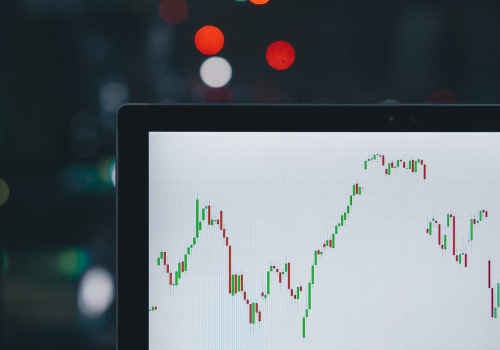

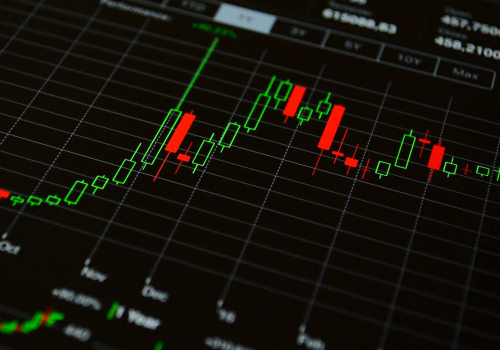
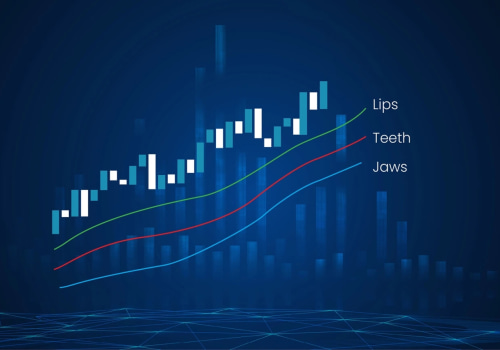





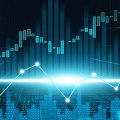
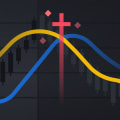
Leave Reply